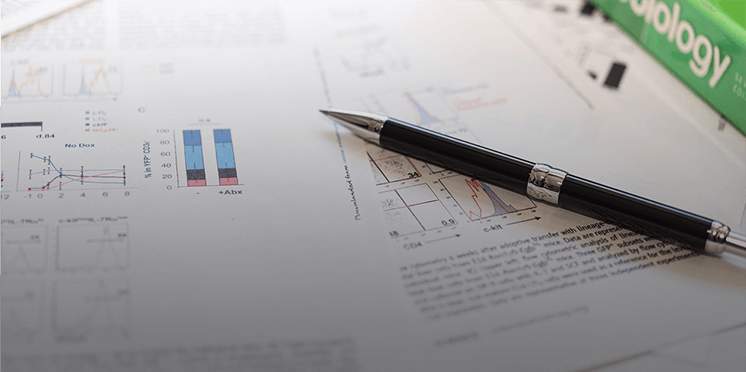behave
原義は「完全に(自分自身を)所有する→ある態度をとる→振る舞う」。一般的な用法の第一の意味は、「(様々な方法で)振る舞う、行儀よくする」。科学技術論文では、"behave as ~"や "behave like ~" で、1.装置や機器などが「機能する(働く、動く)」、2.物質などがある環境、条件に対して「(ある反応を示して)振る舞う」というように使う。
例文:
1-1) The action of anodes 1 and 2 behaves as an electrostatic lens to form a focused electron probe with a diameter of about 10 nm as an image of the source.
陽極1と2の作用は静電レンズとして機能し、直径約10nmの集束された電子プローブを光源の像として形成する。
例文:
2-1) Electron-microscope specimens thinner than 10 nm and of low atomic number behave as weak-phase objects.
10nmより薄く低い原子番号から成る電子顕微鏡の試料は、弱位相物体として振る舞う。






